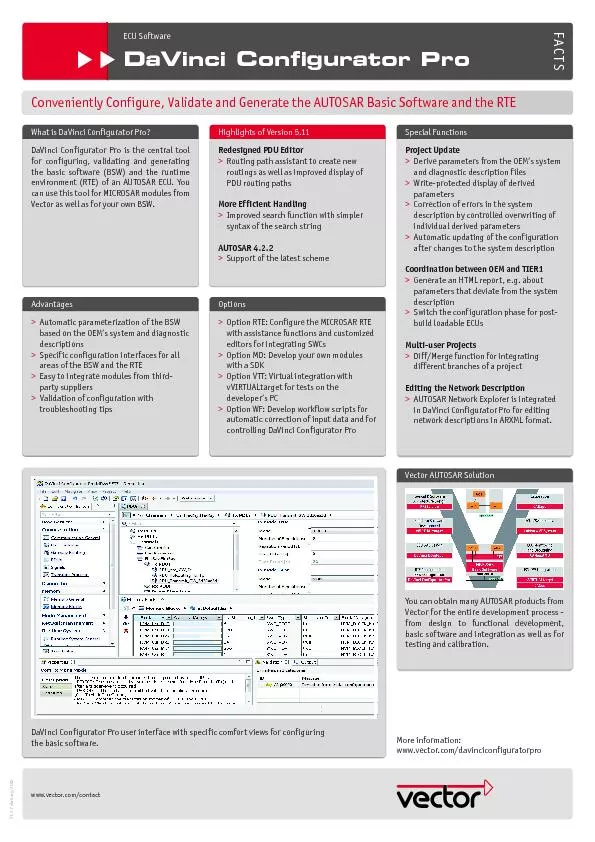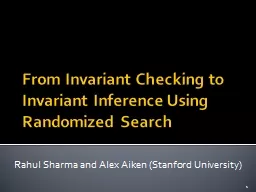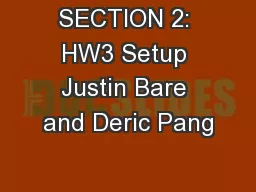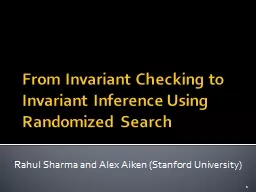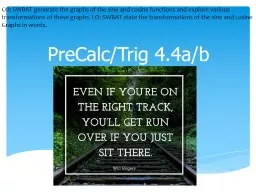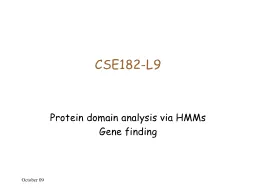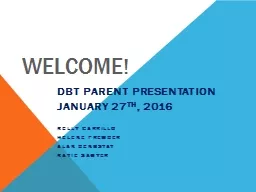PPT-An Analysis of the Search Space of Generate and Validate Pa
Author : min-jolicoeur | Published Date : 2017-04-27
Fan Long and Martin Rinard MIT EECS amp CSAIL 1 Application Negative Inputs Positive Inputs Test Suite Inputs Correct Outputs Context Goal Automatic Patch
Presentation Embed Code
Download Presentation
Download Presentation The PPT/PDF document "An Analysis of the Search Space of Gener..." is the property of its rightful owner. Permission is granted to download and print the materials on this website for personal, non-commercial use only, and to display it on your personal computer provided you do not modify the materials and that you retain all copyright notices contained in the materials. By downloading content from our website, you accept the terms of this agreement.
An Analysis of the Search Space of Generate and Validate Pa: Transcript
Download Rules Of Document
"An Analysis of the Search Space of Generate and Validate Pa"The content belongs to its owner. You may download and print it for personal use, without modification, and keep all copyright notices. By downloading, you agree to these terms.
Related Documents


